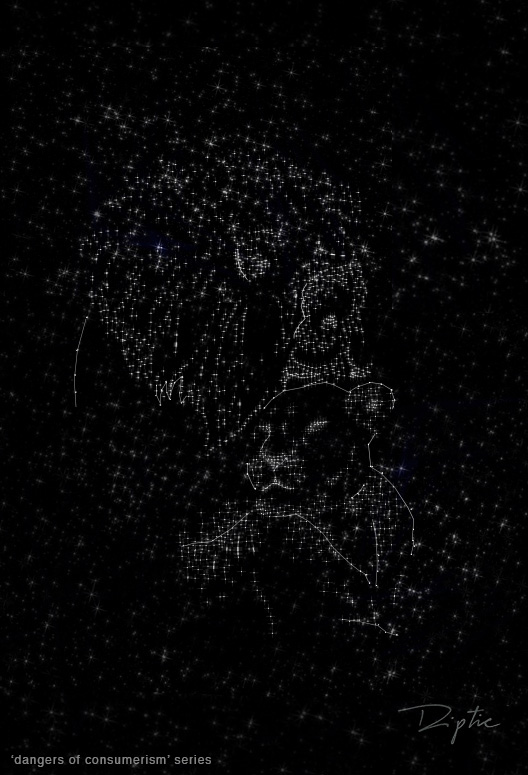

This idea comes from Brooke Date, a K-8 visual art teacher at Beverly Cleary School in Portland, Oregon. Enjoy! Here are 8 Amazing Printmaking Ideas for All Grade Levels 1. So today, we’re diving into some of the amazing work that came out of this course. As I looked through their work each week, I knew I couldn’t keep it all to myself. I had students from New York and Oregon to Australia and Saudi Arabia! These were some of the most creative and passionate art educators I have ever met. I worked with fourteen fabulous art educators from around the globe. I just finished up teaching AOE’s Studio: Printmaking course, and I can’t tell you how much I enjoyed it. Today I’d love to share some of the amazing things I recently learned from my AOE students. And even though we’re all busy, it’s important to take the time to stop and reflect. My friend Jennifer from Big Hands Small Art wrote a post on this blog last year about how she made collagraph prints using blocks, so definitely check that out.One of the best things about being a teacher is that you get to learn right alongside your students. Printmaking is just such a fun way to explore! I’m just loving the pop-art feel of these bunny and Harry Potter prints!Īfter my students left, I decided to use the sample plate I made with flowers and create a repeat pattern. I usually have a rolling station and a clean station (see this post) but for collagraphy, the raised image creates a space so the paint has a harder time reaching the tabletop. Either way works! The children can then gently pull their print from their plate.ĥ. Or alternatively, lay the paper on top of the plate. Place the paper down on the table and turn the plate over on top of the paper. The kids can roll paint over their collage, but remind them that paint dries so move quickly!Ĥ. Squeeze a little paint at the top of the tray and then use a roller to spread it out. After they are done with their collage, you can bring out the trays and paint. This type of problem solving is so important, and I love watching their brains working and correcting their mistakes, without judgement.ģ.

It took making a print for her to see what I meant, and then she added some pieces around the bottom of the face so that it popped out more when printed. Understandably, this was hard to envision. I had to explain that the paint will pick up bumps, but not lines. First, the artist drew out the face with eyes and hair. The Harry Potter face was challenging in several ways. But these kids had representational ideas in their heads, so I let them explore their concepts. I usually encourage the kids to create something abstract, it’s just an easier way to begin. Lay everything out on the table, giving them each a glue stick and a pair of scissors.Ģ. Cut up the cardboard into “plates” (this is what the board is called, it doesn’t matter the shape), and then cut a bunch of small cardboard pieces. ~ Tempera or acrylic pants (tempera is washable so better for littles, acrylics are thicker so they cover the cardboard better – we used acrylics – but won’t come out when dried on clothes)ġ. ~ Good scissors – cardboard is hard to cut, so younger kids might need some help (ave them draw what they want and a grown-up can cut) ~ Cardboard pieces – some can be pre-cut, other pieces can be bigger so kids can cut themselves ~ Cardboard “plate” – a rectangular piece, a little smaller than the paper It takes many introductions of printmaking before they understand that they need to think in terms of shape rather than line. As with any class that is learning about a printing technique for the first time, their frame of reference is small and they often think of a print as a drawing. They all really wanted to make “pictures”. But alas, nobody was into my pattern idea. I have been obsessed with repeat patterns ever since college where I studied textile design. On this day, I encouraged my students to create repeat patterns, like a wallpaper. Their design muscles are challenged as they self-critique their prints and make changes to better their outcome. These images can be manipulated through adding more collage material, changing the colors, or creating a repeat pattern. As with any form of printing, kids stay engaged because they are producing images which is unlike any other form of art. Also called collagraphy, it’s a basic a method of printmaking where collage material is glued onto a board to create a relief surface. Printmaking with cardboard introduces children to the magic of “pulling prints” and creating mirror images.


 0 kommentar(er)
0 kommentar(er)
